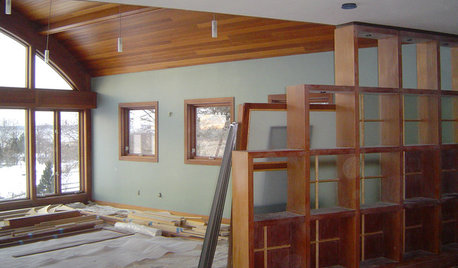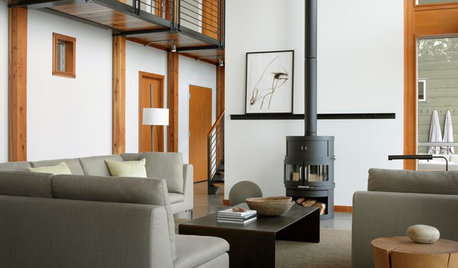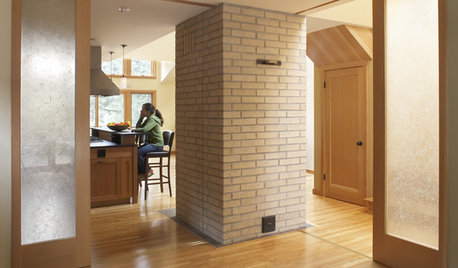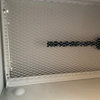Options for QUIET heating in a small home remodel
SeaRob
11 years ago
Featured Answer
Comments (8)
ionized_gw
11 years agomike_home
11 years agoRelated Professionals
Dana Point Solar Energy Systems · Elmwood Park Solar Energy Systems · Tarpon Springs Solar Energy Systems · Ashburn Home Automation & Home Media · Champlin Home Automation & Home Media · Dallas Home Automation & Home Media · Hanover Home Automation & Home Media · Los Alamitos Home Automation & Home Media · Minnetonka Home Automation & Home Media · Olathe Home Automation & Home Media · Saint Petersburg Home Automation & Home Media · San Mateo Home Automation & Home Media · Wheaton Home Automation & Home Media · East Setauket Home Automation & Home Media · Deer Park FireplacesSeaRob
11 years agoSeaRob
11 years agoionized_gw
11 years agoSeaRob
11 years agogeoffrey_b
11 years ago
Related Stories

FLOORSWhat to Ask When Considering Heated Floors
These questions can help you decide if radiant floor heating is right for you — and what your options are
Full Story
HOME OFFICESQuiet, Please! How to Cut Noise Pollution at Home
Leaf blowers, trucks or noisy neighbors driving you berserk? These sound-reduction strategies can help you hush things up
Full Story
REMODELING GUIDESHouzz News: Remodeling Heats Up
With the U.S. economy showing signs of recovery, homeowners invest in quality, livability and "a place to make their own"
Full Story
REMODELING GUIDESClean-Burning Woodstoves Ignite a Greener Heating Trend
No need to rely on oil or gas to heat your home — new woodstove designs burn cleanly and are beautiful to boot
Full Story
GREEN BUILDINGInsulation Basics: Heat, R-Value and the Building Envelope
Learn how heat moves through a home and the materials that can stop it, to make sure your insulation is as effective as you think
Full Story
BATHROOM DESIGNWarm Up Your Bathroom With Heated Floors
If your bathroom floor is leaving you cold, try warming up to an electric heating system
Full Story
FLOORSIs Radiant Heating or Cooling Right for You?
Questions to ask before you go for one of these temperature systems in your floors or walls (yes, walls)
Full Story
UPHOLSTERYSeeking a Quiet, Relaxed Spot? Try Upholstering Your Walls
Upholstery can envelop an entire room, a framed panel or a single wall. See some design options and learn what to expect
Full Story
GREAT HOME PROJECTSHow to Add a Radiant Heat System
Enjoy comfy, consistent temperatures and maybe even energy savings with hydronic heating and cooling
Full StorySponsored
Columbus Design-Build, Kitchen & Bath Remodeling, Historic Renovations
More Discussions








SeaRobOriginal Author